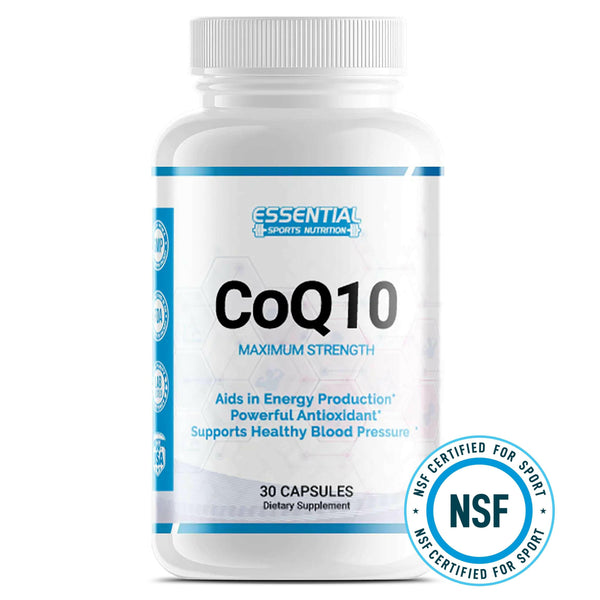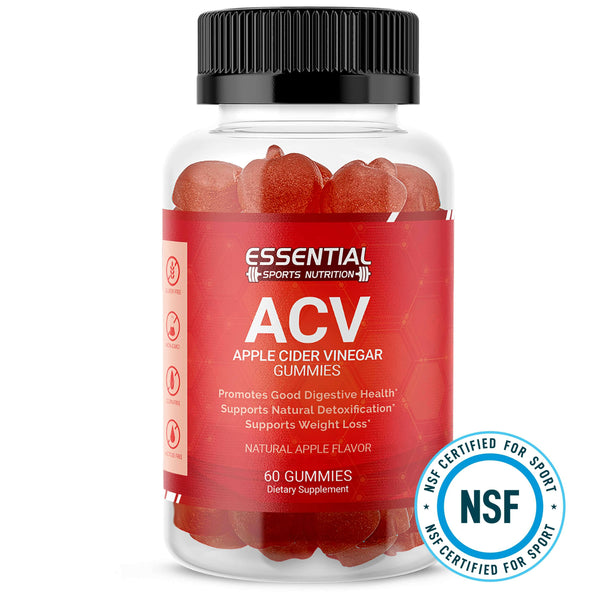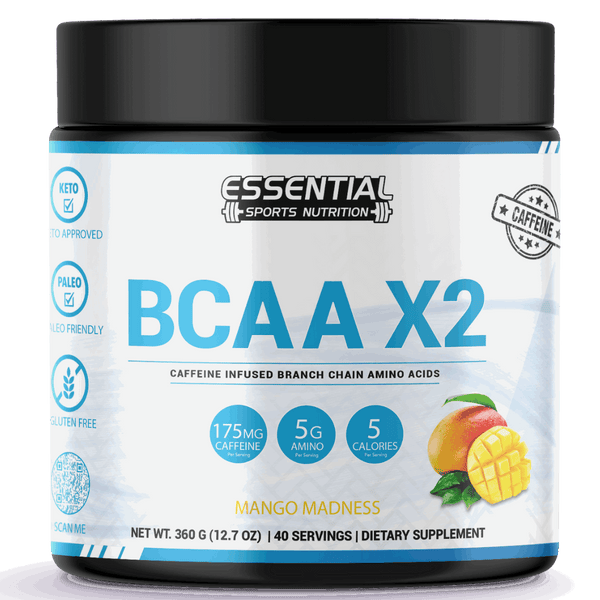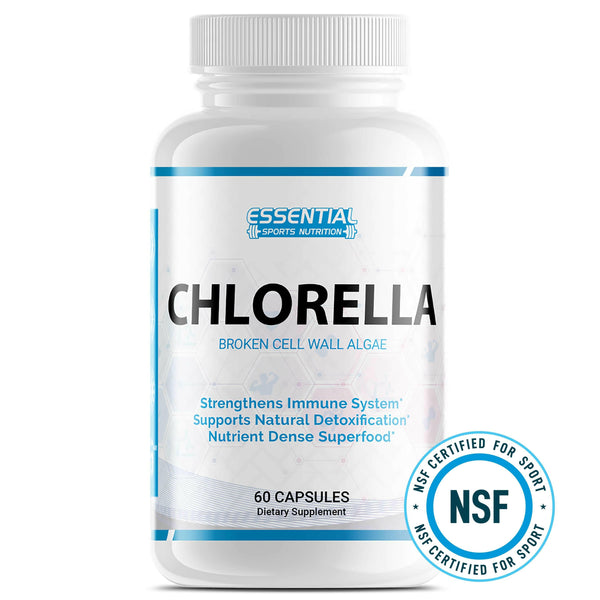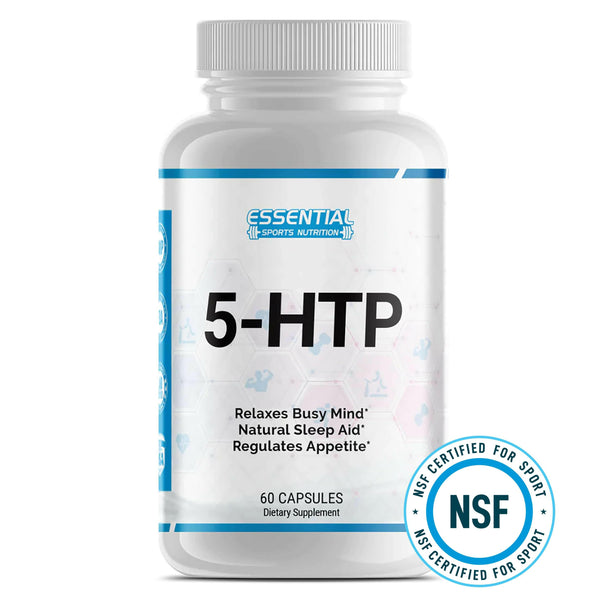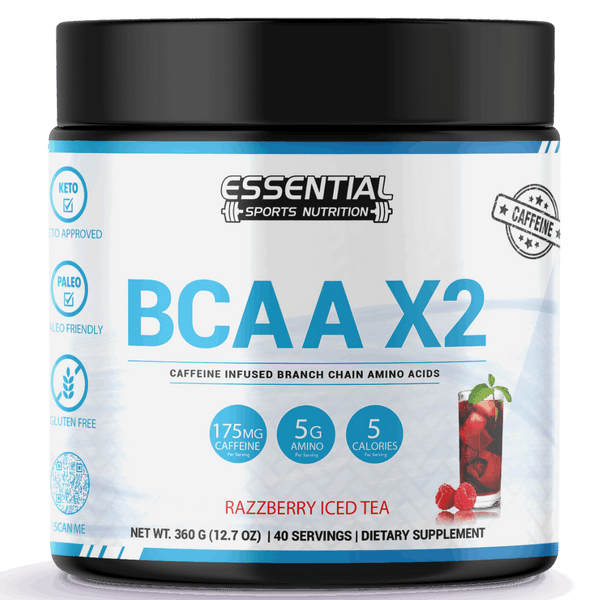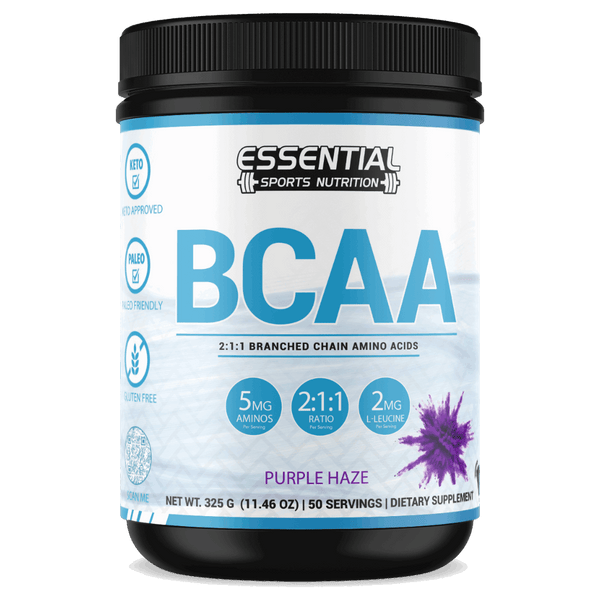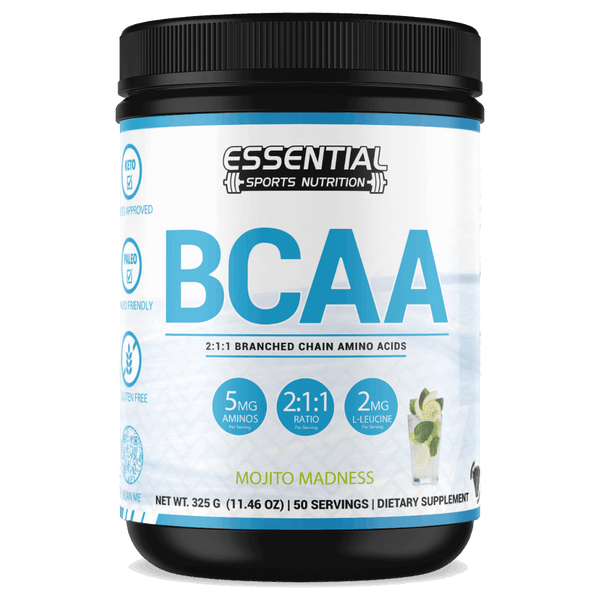Paleo Diet and Gluten-Free Intolerances: Eating Paleo with Celiac Disease
If you're struggling with gluten intolerance, symptoms like bloating and fatigue may sound familiar. Unlike Celiac Disease, gluten intolerance doesn't damage your intestines but sure can make life uncomfortable. Here's a heads-up: the Paleo diet could be your ally. By ditching grains, dairy, and processed foods, which are all sources of gluten, you're left with meats, fruits, vegetables, nuts, and seeds—foods that nourish and don't irritate your gut. Many have found significant relief from symptoms by going Paleo, citing improved digestive health and overall well-being. It's about eating whole, nutrient-dense foods and noticing how your body feels, hinting at a transformative journey ahead.

Key Takeaways
-
The Paleo diet eliminates gluten-containing grains, aiding those with gluten intolerance or Celiac Disease.
-
It emphasizes whole foods like meats, vegetables, and fruits, reducing gluten exposure and symptoms.
-
By excluding processed foods and dairy, the Paleo diet helps minimize inflammation linked to gluten sensitivity.
-
Nutrient-rich, unprocessed foods in the Paleo diet support gut health and improve nutrient absorption.
-
Many individuals with gluten intolerance report significant relief from symptoms after adopting a Paleo lifestyle.
Understanding Gluten Intolerance and Celiac Disease
Suppose you've ever experienced bloating, diarrhea, or fatigue after eating foods containing wheat, barley, or rye. In that case, you might be dealing with gluten intolerance, a condition where your body negatively reacts to gluten proteins found in these grains. Unlike Celiac Disease, which is an autoimmune disorder triggered by gluten, gluten intolerance, often referred to as Non-Celiac Gluten Sensitivity (NCGS), doesn't damage the small intestine. However, it can still lead to a range of uncomfortable symptoms, including skin issues and an array of digestive discomforts.
Understanding the difference between gluten intolerance and Celiac Disease is important for managing your health issues effectively. While both conditions necessitate the adoption of a gluten-free diet to alleviate symptoms, the reasons behind this dietary change and the severity of the reactions differ significantly. For those with gluten intolerance, consuming even small amounts of gluten found in wheat, barley, or rye can trigger symptoms, making it essential to avoid these grains. Adopting a gluten-free diet not only helps in managing the symptoms but also improves overall health, reducing the risk of long-term health issues associated with gluten intolerance.
Basics of the Paleo Diet

Given the challenges of managing gluten intolerance, adopting a diet like the Paleo Diet, which excludes grains altogether, can offer a practical solution for alleviating symptoms while promoting overall health. The Paleo Diet draws its principles from the eating habits of our ancestors, focusing on whole, unprocessed foods. Eliminating grains, dairy, legumes, refined oils, and sugars it aligns with the needs of those looking to avoid gluten due to sensitivity or autoimmune disease.
This diet emphasizes meats, eggs, nuts, seeds, fruits, and vegetables, along with healthy oils like olive and coconut, aiming to minimize inflammation and improve physical fitness outcomes. For those with a sweet tooth, Paleo-friendly treats can be made using almond and coconut flours, providing a healthier alternative without compromising taste.
Paleo Vs. Gluten-Free Diets

How do the Paleo and gluten-free diets differ, especially considering their shared goal of improving health through dietary restrictions? While both aim to enhance well-being, they take distinct approaches. The Paleo diet excludes grains, dairy, and processed foods entirely, focusing on whole foods to mirror the eating habits of our Paleolithic ancestors. In contrast, a gluten-free diet zeroes in on eliminating gluten—a protein found in wheat, barley, and rye. This is essential for people with Celiac disease or gluten intolerance, as gluten triggers autoimmune responses and intestinal damage.
Following a Paleo lifestyle goes a step further by also avoiding harmful compounds like phytates and lectins, which are found in grains and legumes. These substances can impair gut health, and by eliminating them, along with gluten, the Paleo diet aims to promote a healthier digestive system.
Moreover, the Paleo diet's exclusion of processed foods means adherents naturally avoid many sources of gluten, aligning with the gluten-free diet's objectives. However, Paleo's broader restrictions and its emphasis on whole, unprocessed foods offer a thorough approach to reducing disease risks and improving overall health that goes beyond the gluten-free diet's singular focus on gluten avoidance.
Key Benefits of Going Paleo

Embracing the Paleo diet reveals myriad health benefits, particularly for those struggling with gluten intolerance, by focusing on whole, nutrient-dense foods that enhance digestive health and reduce inflammation. By eliminating gluten-containing grains such as wheat, barley, and rye, you're taking a significant step toward a gluten-free diet that can improve your digestive health. Gluten intolerance often manifests through uncomfortable digestive symptoms, and switching to a Paleo diet can be a game-changer.
The Paleo diet emphasizes the consumption of whole foods, including antioxidant-rich vegetables and omega-3 fatty acids, which are pivotal in reducing inflammation throughout the body. For someone with gluten intolerance, this approach helps manage symptoms and contributes to a healthy gut environment. It's about more than just eliminating gluten; it's about nourishing your body with the nutrients it needs to thrive.
Furthermore, the Paleo diet isn't about restricting your culinary experience. Instead, it opens up a world of delicious gluten-free recipes that cater to your dietary needs while promoting prime health. Whether you're looking to alleviate symptoms of gluten intolerance or simply aiming for a healthier lifestyle, the Paleo diet offers a beneficial and enjoyable path forward.
Managing Celiac Disease and Gluten Sensitivity With Paleo
The Paleo diet, by eliminating gluten-containing grains such as wheat, barley, and rye, offers a powerful strategy for managing Celiac Disease and improving gut health. For individuals grappling with this autoimmune condition, adhering to a diet that strictly avoids these grains is essential to prevent further gut damage and alleviate symptoms. The Paleo diet's emphasis on nutrient-dense foods meets gluten-free requirements and supports gut healing and overall well-being.
By focusing on meats, vegetables, fruits, and nuts, the Paleo diet provides a variety of nutrients essential for individuals with Celiac Disease. These foods are naturally gluten-free and reduce the risk of accidental gluten exposure, which is important for preventing the immune response that damages the intestine in Celiac Disease. Additionally, the exclusion of processed foods and dairy from the Paleo diet can further help in reducing inflammation and promoting a healthier gut environment.
Following a Paleo lifestyle can improve the quality of life for those with Celiac Disease by ensuring safe and nutrient-dense dietary choices. It's a natural approach that aligns with the gluten-free requirements necessary to manage the condition effectively.
Paleo Diet and Nutrient Absorption

While managing Celiac Disease with Paleo underlines the importance of gluten avoidance, it's also worth noting how this diet enhances nutrient absorption. The Paleo diet, by its nature, promotes the intake of nutrient-dense foods and eliminates essential anti-nutrients like phytates, which are found in grains and legumes. These anti-nutrients can hinder the absorption of crucial minerals such as iron, contributing to deficiencies. On the Paleo diet, you're encouraged to consume whole, unprocessed foods rich in iron, Vitamin B12, and other vital nutrients, aiding in better absorption and utilization within your body.
Moreover, steering clear of gluten-containing grains such as wheat, barley, and rye not only supports those with gluten intolerance but also contributes to gut healing. A healthier gut is pivotal for enhanced nutrient absorption, addressing common deficiencies, especially in conditions like Celiac Disease. By focusing on whole foods and avoiding processed items, your body can more easily digest and absorb nutrients, leading to improved overall health. The Paleo diet's emphasis on gut health further facilitates this process, ensuring you get the most out of the foods you consume.
Addressing Common Paleo Criticisms

Despite its popularity, the Paleo diet faces several criticisms, particularly concerning its long-term sustainability and nutritional balance. Critics often argue that it lacks scientific backing, especially when eliminating whole food groups like dairy and grains. This is a concern for you if you're considering it, especially if you're gluten intolerant or have Celiac disease and are looking to eliminate gluten from your diet for health reasons.
Here's a quick breakdown of common criticisms and counterarguments:
| Criticism | Counterargument |
|---|---|
| Limited fiber intake | Paleo emphasizes fruits, vegetables, and nuts, which are fiber-rich. |
| High meat consumption | Sustainable choices and lean meats can mitigate health effects. |
| Exclusion of dairy and grains | Many people with Celiac or who are gluten intolerant find health improvements. |
| Environmental concerns | Advocates recommend local, sustainable farming practices. |
For those with Celiac disease or gluten intolerance, the Paleo diet provides a clear path to eliminate gluten while maintaining nutritional balance. Focusing on whole, unprocessed foods can improve long-term health despite concerns about dairy and grain exclusion. Remember, finding what works best for your body and lifestyle is important.
Transitioning to a Paleo Lifestyle

Are you considering a shift towards a Paleo lifestyle to address gluten intolerance? Making a shift to this dietary approach can be transformative, especially if you're dealing with the symptoms of Celiac Disease or non-celiac gluten sensitivity. The essence of a Paleo diet lies in eliminating grains, dairy, and processed foods—significant sources of gluten. Instead, you'll focus on nourishing your body with whole foods like lean meats, fish, vegetables, fruits, nuts, and seeds.
Adjusting to this new way of eating and cooking without gluten-containing ingredients may require some patience. However, the effort is well worth it. Many individuals find significant relief from their gluten intolerance symptoms by following a Paleo diet, thanks to its emphasis on nutrient-rich foods that support overall health.
Before starting this journey, it's important to consult with a healthcare provider or a nutritionist. They can offer personalized guidance on making the shift smoother and ensuring your diet remains balanced. Remember, while the Paleo diet can be beneficial for many, it's important to tailor it to your specific needs and health conditions.
Conclusion

By chance, you've been exploring the maze of dietary choices and stumbled upon the Paleo diet, a path that naturally aligns with managing gluten intolerance. Embracing a Paleo lifestyle might seem challenging, but it's a fortuitous match for those seeking relief from celiac disease symptoms. It's not just about avoiding grains; it's about enhancing nutrient absorption and overall health. Criticisms aside, the evidence points to significant benefits, from improved digestion to increased energy. Shifting to Paleo could be the turning point in your journey towards a healthier, happier you.
Paleo Diet with Gluten Sensitivity FAQs
Q: What is the difference between a paleo diet and gluten intolerance?
A: A paleo diet focuses on whole, unprocessed foods, while gluten intolerance refers to the body's inability to digest gluten found in certain grains.
Q: Can you follow a paleo diet if you have gluten sensitivity?
A: Yes, a paleo diet is naturally gluten-free, making it a good option for those with gluten sensitivity.
Q: How can I learn more about the paleo diet?
A: You can research online, read books, or consult with a nutritionist to learn about the principles and benefits of the paleo diet.
Q: Are there gluten-free options available for those following a paleo diet?
A: Yes, there are plenty of gluten-free foods that are also considered paleo-friendly, such as fruits, vegetables, and lean proteins.
Q: What is non-celiac gluten sensitivity?
A: Non-celiac gluten sensitivity refers to individuals who experience symptoms similar to those with celiac disease when consuming gluten, but without the immune response typical of celiac disease.
Q: How is celiac disease treated?
A: Celiac disease is treated by following a strict gluten-free diet and making lifestyle adjustments to manage symptoms and promote intestinal healing.
Q: What Are the Worst Foods for Gluten Intolerance?
A: You're asking about the worst foods for gluten intolerance? Well, they're mainly wheat, barley, and rye-based products, including bread, pasta, baked goods, and beer. Always check labels and watch for cross-contamination to stay safe.
Q: Why Is Peanut Butter Not Paleo?
A: Peanut butter isn't Paleo because it's made from legumes, not nuts. Legumes have anti-nutrients like lectins, harming gut health. Paleo promotes whole foods, and peanut butter often has added sugars and oils. Opt for almond butter instead.
Q: Why Do I Feel Worse on a Gluten-Free Diet?
A: You might feel worse on a gluten-free diet due to higher levels of sugar, salt, unhealthy fats in substitutes, reduced fiber intake impacting gut health, and potential nutrient deficiencies if not appropriately balanced.
Q: What Is Not Allowed on Paleo Diet?
A: On the Paleo diet, you can't have grains, legumes, dairy, refined oils, sugars, processed foods, artificial sweeteners, or preservatives. That means bread, pasta, cheese, and sugary snacks are off-limits for you.



